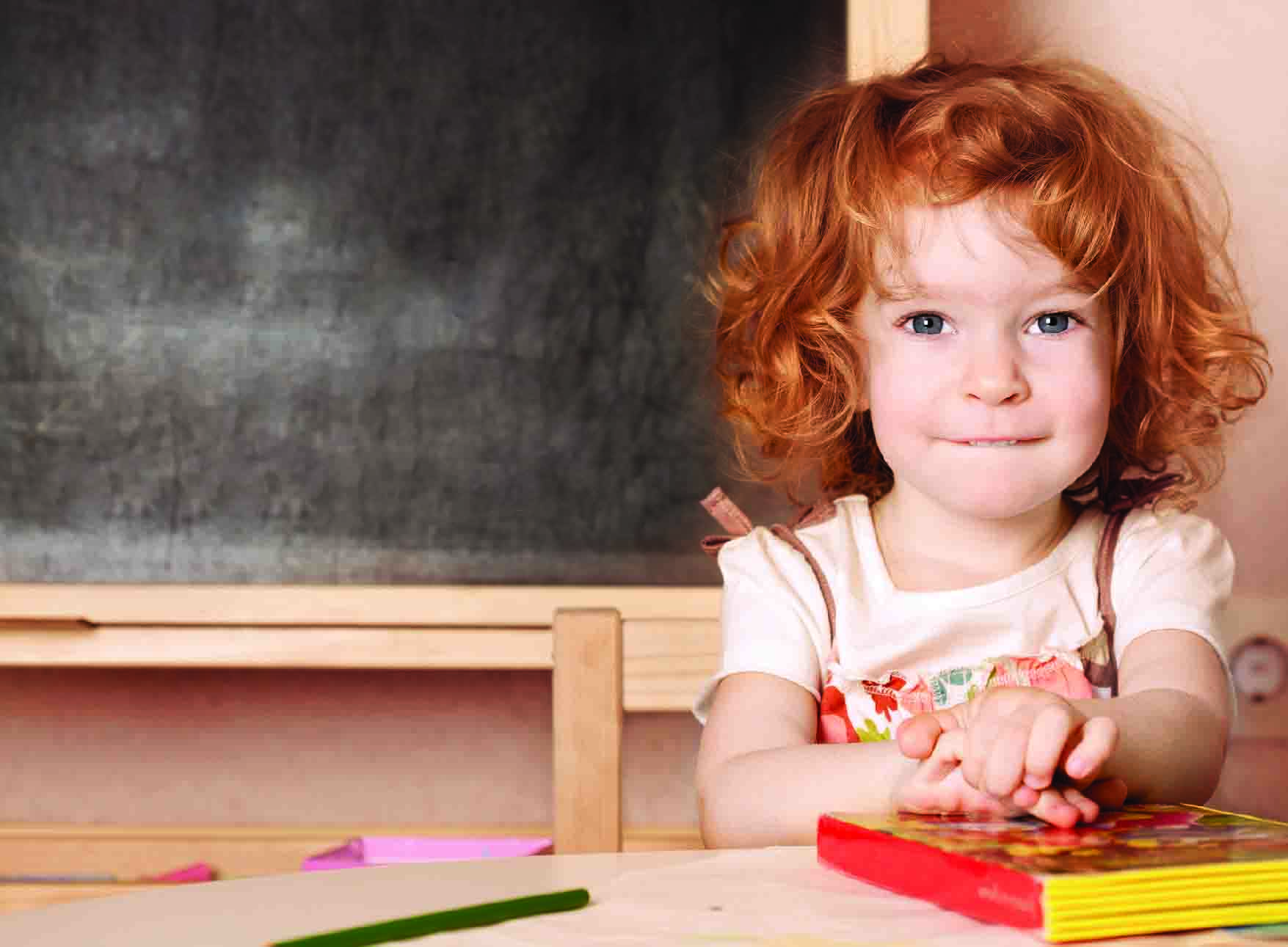
26 Aug Helpful Tips for Back to School
It’s back-to-school time again, and you’ve probably already prepared your child with essentials like new clothes, three-ring binders and pencils. But what about keeping children healthy? Dr. Kelly Phillips, a family medicine physician on the medical staff at Baylor Medical Center at McKinney, offers these tips.
SCHEDULE YOUR CHILD’S PHYSICAL
Every child—not just those involved in sports—should have an annual exam before heading back to class. An annual well-child exam will review family medical history, ensure all immunizations are up-to-date and that important growth and developmental milestones are being met. Make sure to schedule as early as possible to avoid the last-minute rush.
MAKE SURE YOUR ATHLETE IS CLEARED TO PLAY
Students involved in fall school sports—whether its football, cheerleading, or soccer—must pass a sports physical, which may take place during the annual well-child exam or as an organized event at school. The most common reason children are not cleared to play? They pass everything except the vision test. So schedule an eye exam for your child—the sooner, the better. Who knows, it may improve their grades, too!
ESTABLISH A SLEEP ROUTINE
Getting adequate and restful sleep is a prerequisite for learning. Set a bedtime for your child to stick to every night of the week–even weekends– and put it in effect a week before the first day so he or she can get used to the schedule. Do the same for wakeup times.
BUILD A BETTER LUNCH
Mornings can be hectic, so prepare lunches the night before. Plan a week’s worth, and grocery shop for all the materials on the weekend. Pack a well-balanced meal that includes whole grains, lean protein, low-fat dairy and fresh fruit.
DESIGNATE A STUDY ZONE
Your child should have a quiet place to do homework that’s free from distractions such as television and other entertainment. Always supervise internet use. And insist that homework be finished before playtime.
DISCUSS TRANSPORTATION SAFETY
Talk to your child about the importance of wearing a seat belt in the car and on the bus. Discuss transportation to and from school and the safety rules that go along with it. Examples include: what to do if someone approaches your child at the bus stop, always wear a helmet when riding a bike or scooter, and walking the same route each day (in case you need to find him or her).
WEIGH THE BACKPACK
Kids should never carry more than 10 to 20 percent of their body weight on their backs. Choose one with wide, padded straps and a padded back. Pack heavier items toward the center. Adjust the straps for a proper fit and instruct your child to always use both straps.
TEACH YOUR CHILD ABOUT BULLYING
Make it clear, bullying is unacceptable. Role play situations and advise your child what to do when being bullied. Explain that it is never OK to be a bully, and set consequences for aggressive behavior. Finally, tell them what to do it they witness another child being bullied (alert a trusted adult).
PREVENT THE SPREAD OF GERMS
Show your child proper techniques when it comes to hand-washing and preventing the spread of germs and lice at school.
Little Elm Living: August/September 2014


